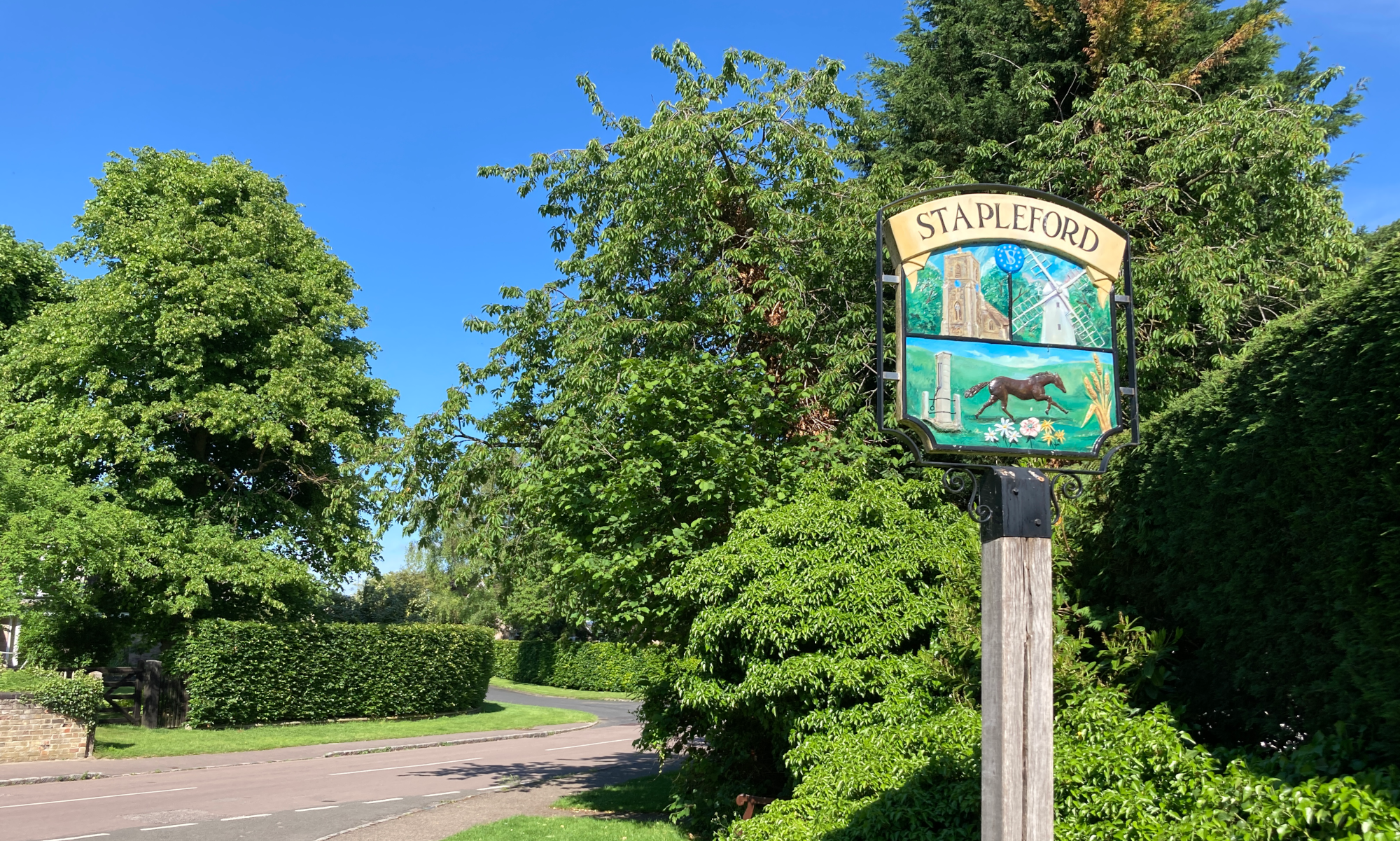Stapleford History Society 10 January 2017
Talk by Richard Fletcher
Anyone who has heard of Bletchley Park has also heard of Alan Turing and his work in solving the cyphers created by the Enigma machine but very recently the name Bill Tutte has come to the fore.
The Enigma machine created codes which were solved by brilliant mathematicians aided by some luck as when capturing a machine just before a U-boat sank. Thousands of people worked listening, monitoring, translating, and eventually decoding the information coming in. Enigma was used by the German Navy to send messages to U-boats and by the army to send thousands of messages to tank commanders and soldiers in the field.
Less well known is Lorenz, a far more complicated system, used by Hitler and the High Command to send messages to top military commanders. Being able to tell the Russians where Hitler would attack next and knowing that the Germans believed the false information that the Allies would cross the Channel in the Calais area was invaluable information. A successful landing was greatly helped by keeping reinforcements in the wrong area. Enigma used morse code while Lorenz transferred information by teleprinter. It used 12 wheels each with a different (prime) number of pins.
So who was Bill Tutte? He was born in 1917 in Cheveley where his father was a gardener. He went to the tiny village school where his outstanding intellect was recognised by his headteacher. He passed a scholarship to go to Cambridgeshire County High School for Boys and then won a scholarship to Trinity College. He gained a First in chemistry in spite of spending most of his time in mathematics lectures and with three particular friends in the Mathematics Society solving theoretical problems. He was recruited by Bletchley Park and given the problem of solving the Lorenz system from a piece of ticker tape. Without ever seeing a machine, Tutte spent several months working out how it operated. By hand, it took six weeks to decode a message which made the knowledge gained useless so the engineers built a machine called Colossus which deciphered the message in six hours. This was the world’s first programmable computer.
The Russians were never told that Lorenz had been cracked and they thought that the information sent to them was gained from a mole in the German High Command so they used the captured machines for many years after the war. Was this just one reason that Tutte’s work remained secret?
After the war, Tutte returned to Trinity to complete a PhD in mathematics and then went to Canada where he spent the rest of his academic life as a professor of Mathematics in two different universities. He returned to Cambridgeshire a few times before he died in 1994.
While engineers were building a replica of Colossus in the 1990s they began to realise just what Tutte had achieved. This has led to a Bill Tutte Memorial Society and a fascinating new sculpture in Newmarket High Street.
[report by Keith Dixon]

